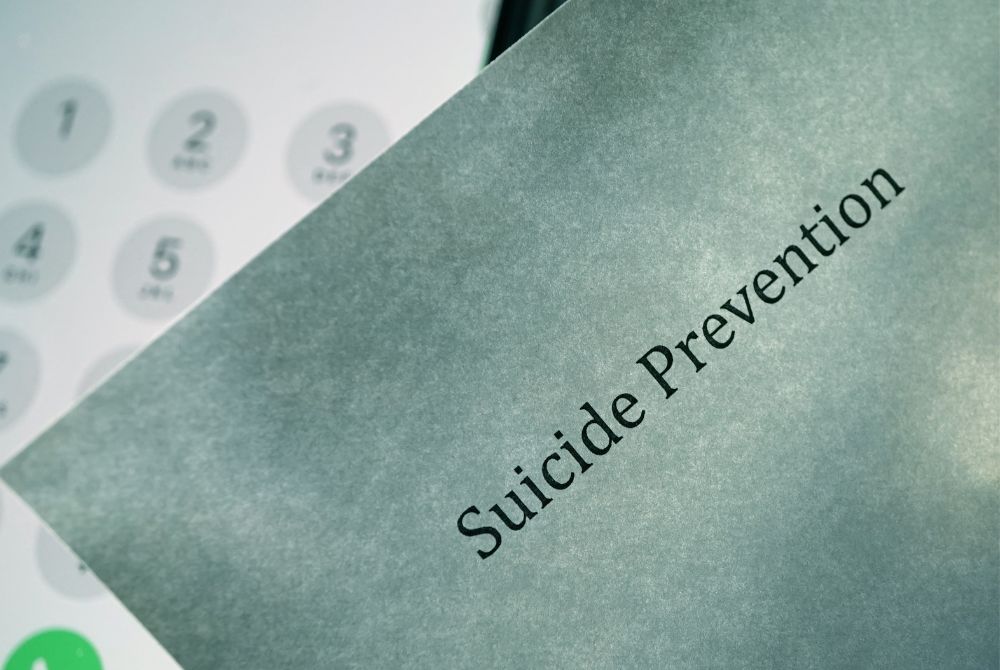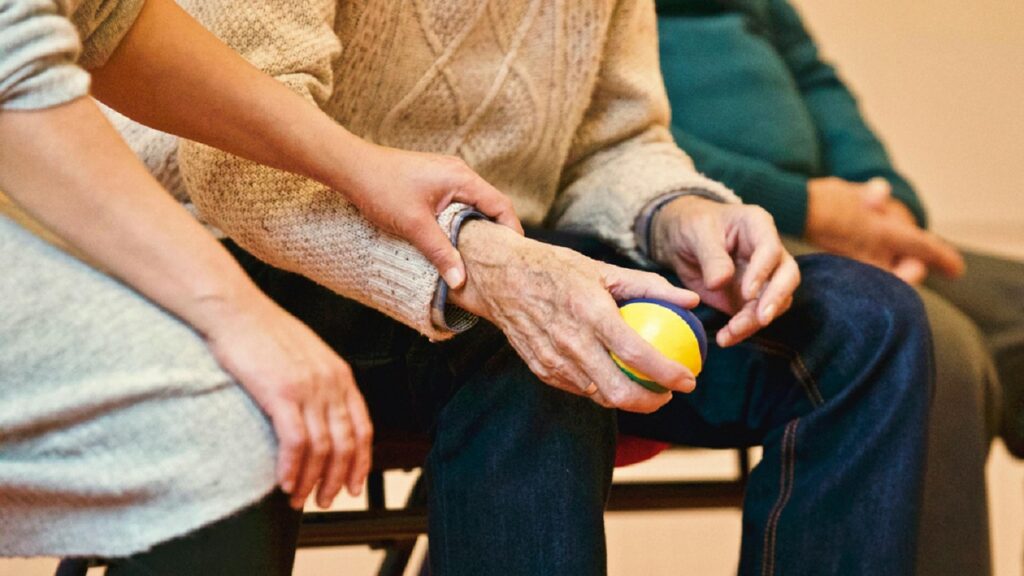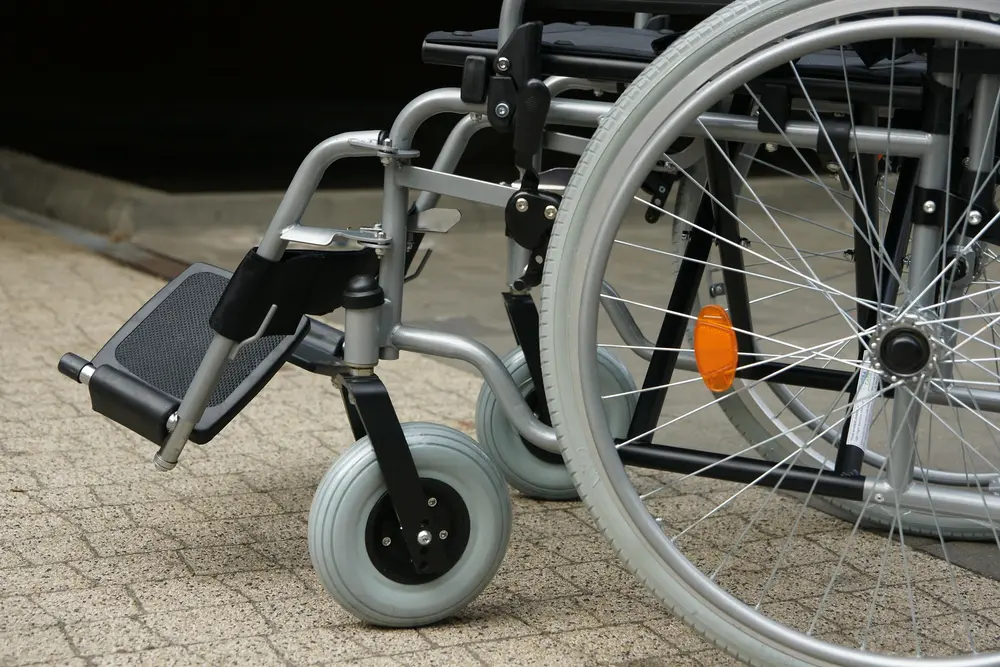According to the CDC, the overall suicide rate increased by 30 percent between 2000 and 2020. That is a statistically significant jump. And even though the age-adjusted rate decreased by 5 percent between 2018 and 2020, many believe that this is due to undercounting actual suicides since the number of drug overdose deaths skyrocketed so much during that time.
Other numbers put the epidemic in even clearer focus. In 2020, the last year for which we have statistics, suicide:
- Was the 12th leading cause of death
- Killed 45,979 Americans
- Was attempted by 1.2 million people
Obviously, suicidal ideation is a huge issue for a wide swath of people, and there need to be far more preventative measures taken – not only to save those who make an attempt, but to help individuals work through their problems before they ever get to that point. However, there is one group for whom suicidal ideation is a far more prevalent issue: disabled individuals.
Though the data is relatively limited on this subject, the CDC published a 2021 survey which found that 30.6% of adults with disabilities reported suicidal ideation within the last month – compared to 8.3% of people in the general population of the U.S.
I have spent my career working with people to help them receive Social Security Disability benefits. I have firsthand knowledge of far too many clients who have experienced severe mental health challenges. Moreover, a number of clients have spoken to me about becoming suicidal after their disability claim was initially denied, and some have made attempts on their own life.
With September being Suicide Prevention Awareness Month, I wanted to use this space to discuss some of the things that are being done to help those who are suffering from these thoughts and feelings – both disabled individuals and the broader public.
Preventing Suicide Takes a Village
Even though those with disabilities report such a high rate of suicidal ideation, so far there are not many prevention programs aimed specifically at disabled individuals. The only one the CDC reports is in Vermont: where primary care providers are taught to promote safe storage of lethal items, and the state is attempting to improve access to care and delivery for people with disabilities.
While these are good and needed steps, they must be only the beginning if we are truly going to make a difference in this crisis.
From a broader perspective, other preventative measures designed to prevent suicide in the overall population include the above measures as well as:
- Strengthening economic supports
- Promoting connectedness
- Teaching problem-solving and coping skills
- Identifying and supporting people who are at risk
- Reducing harms and preventing future risk
- Making mental health treatment more available and affordable
You can find more information on all of these at the CDC’s website.
Essentially, as anyone who has ever suffered from severe depression and suicidal ideation can tell you, there is no single method to “prevent” someone from taking their life. The process is both ongoing and holistic, targeting a variety of pressure points in their lives that lead them down this dark path.
If you or someone you love is currently in crisis, the best thing you can do is to call or text 988. This is the new national Suicide and Crisis Hotline, and it is available 24/7 in both English and Spanish.
And if anyone in your life is dealing with a disability and is considering applying for benefits, I encourage them to reach out to get information about the process. Getting approved for disability benefits can be a long and arduous process, one that saps mental and emotional energy. Working with a knowledgeable attorney can improve the chances of being approved for benefits. If you’d like to know more, please don’t hesitate to reach out.







